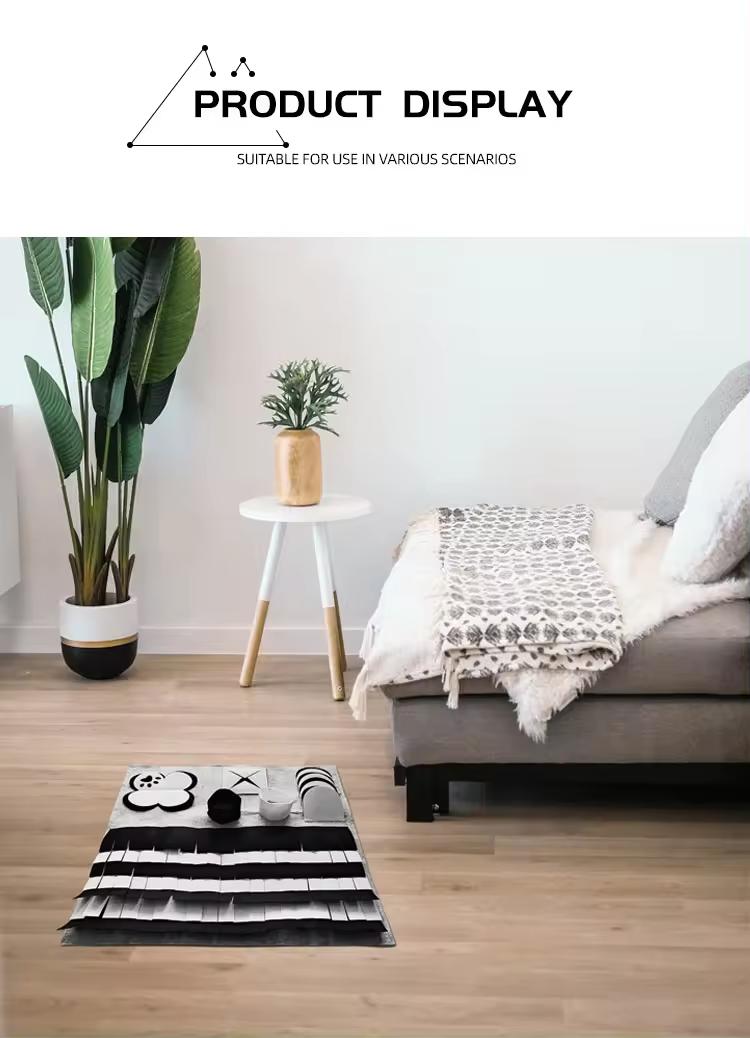The Benefits of Acoustic Felt Ceilings
In modern architectural design, acoustic management has become an essential consideration, especially in commercial and residential spaces where sound quality and noise control are paramount. One increasingly popular solution in this domain is the use of acoustic felt ceilings. This innovative material not only enhances the acoustics of a room but also adds aesthetic value, making it a popular choice among interior designers and architects alike.
Understanding Acoustic Felt
Acoustic felt is a soft, dense material typically made from recycled fibers such as polyester. When applied as a ceiling treatment, it effectively absorbs sound, reducing noise levels and improving the overall acoustical environment of a space. The need for sound management is particularly critical in settings like offices, schools, restaurants, and open-plan homes, where ambient noise can become overwhelming and disruptive.
Noise Reduction and Comfort
One of the primary benefits of acoustic felt ceilings is their ability to minimize noise. In open spaces like an office, the sound of conversations, phone calls, and typing can create an overwhelmingly noisy environment. Acoustic felt ceilings absorb sound waves, preventing them from bouncing off hard surfaces such as concrete or metal. This sound absorption enhances speech intelligibility, making it easier for employees to communicate and collaborate effectively.
Similarly, in schools, where focus and concentration are essential for learning, acoustic felt helps to create a quieter space conducive to studying. By controlling reverberation and reducing background noise, acoustic felt ceilings foster an environment that supports better learning outcomes for students.
Aesthetic Appeal
Beyond their functional benefits, acoustic felt ceilings offer a wide range of aesthetic possibilities. Available in various colors, textures, and designs, these ceilings can complement and enhance any interior style. From minimalist modern offices to vibrant creative spaces, acoustic felt can be customized to align with the overall design vision.
acoustic felt ceiling

The material can also be shaped into intricate patterns or laid out in unique configurations, allowing designers to create visually striking ceilings that serve as a focal point in a room. This versatility makes acoustic felt an appealing choice for many architects and designers aiming to achieve a harmonious balance between form and function.
Sustainability
Another significant advantage of acoustic felt ceilings lies in their sustainability. Many acoustic felts are made from recycled materials, making them an eco-friendly choice for environmentally conscious projects. By opting for products manufactured with sustainability in mind, businesses and homeowners can reduce their carbon footprint while still achieving high-performance acoustic solutions.
Additionally, the production of these materials often emphasizes energy efficiency and waste reduction, further contributing to their green credentials. Choosing acoustic felt ceilings is not just a step towards better sound control but also a proactive choice for sustainability.
Installation and Maintenance
Installation of acoustic felt ceilings is generally straightforward, allowing for minimal disruption during the construction or renovation process. The material can be applied directly to existing ceilings or suspended as a separate feature, providing flexibility in design.
Maintenance is minimal; acoustic felt is easy to clean with a vacuum or damp cloth, ensuring that it remains in excellent condition over time. This durability and low maintenance make it an attractive option for high-traffic areas.
Conclusion
In conclusion, acoustic felt ceilings represent a smart choice for enhancing the acoustic environment of various spaces. They effectively reduce noise levels, contribute to aesthetic appeal, support sustainability, and offer practical installation and maintenance benefits. Whether in busy commercial environments or serene residential settings, acoustic felt ceilings provide a harmonious blend of form and function, making them an ideal solution for modern building design. As our understanding of acoustics continues to advance, the use of such innovative materials will undoubtedly play a crucial role in the future of interior design.
